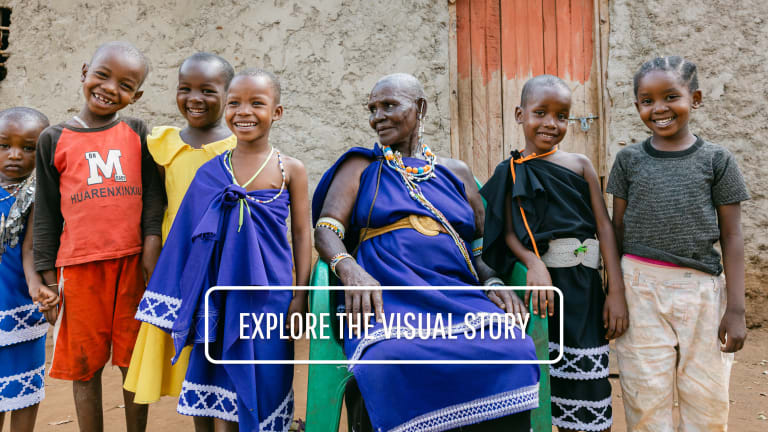Community is everything. It provides a sense of belonging and safety, improves people’s physical and mental health, and reduces isolation. In a vast country like India, community is also what drives hope for a future free of lymphatic filariasis, or LF.
Also known as elephantiasis, LF is a neglected tropical disease transmitted to people through bites from mosquitoes carrying the filarial parasites. While anyone is susceptible, the infection is often acquired in childhood, causing hidden damage to the lymphatic system over the course of 10 to 15 years. Chronic symptoms manifest as swollen limbs and can also occur in the breast and genitals, causing disability and long-term suffering — not just physically but mentally, socially, and financially too.
LF poses a risk to over 650 million people in 39 countries, with India carrying nearly 40% of the global filariasis burden. Local figures show the disease is prevalent in 348 districts across 20 states and union territories — out of the country’s 28 states and eight union territories — with over 740,000 cases of lymphoedema and hydrocele reported from endemic districts up until 2025.
Rather than letting this burden weigh it down, the government of India has made a bold commitment: Reduce microfilaria prevalence to below 1% in all endemic districts and accelerate progress ahead of the global Sustainable Development Goal of eliminating LF by 2030.
In the first episode of our docuseries with the Gates Foundation, Escape the Neglect: Stories from the Frontlines, Devex spotlights the country’s remarkable progress toward this goal — and it’s largely thanks to the efforts of Accredited Social Health Activists, whose acronym, ASHA, is a Hindi word that translates to “hope.”
In 2023, the government of India adopted a five-pronged strategy to control LF. To accelerate elimination, the strategy integrates preventive, curative, and systematic actions, including mass drug administration, or MDA, with ASHAs leading the way. Other pillars include morbidity management and disability prevention; vector control; high-level advocacy across different sectors; and innovative approaches such as alternative diagnostics and digital tools. Collectively, these pillars not only stop the transmission of LF in endemic areas but also ultimately ensure the disease doesn’t return, improving the quality of life for affected communities.
From conducting door-to-door nationwide MDA campaigns once a year to supporting patients to manage the painful and debilitating effects of the disease, India’s community health workers are vital to breaking the cycle of transmission and delivering on the government’s commitment to a country free of LF.
Thanks to their efforts, combined with bold government leadership and procured antifilarial medication from pharmaceutical partners, India’s grassroots approach has set it on the path to elimination — providing a blueprint for other LF endemic countries around the world.
Visit Escape the Neglect — a series exploring the extraordinary progress that countries are making in eliminating neglected tropical diseases, or NTDs, and showcasing promising opportunities to build on recent wins.
This content is sponsored by the Gates Foundation as part of our Escape the Neglect series. Click here to learn more.









